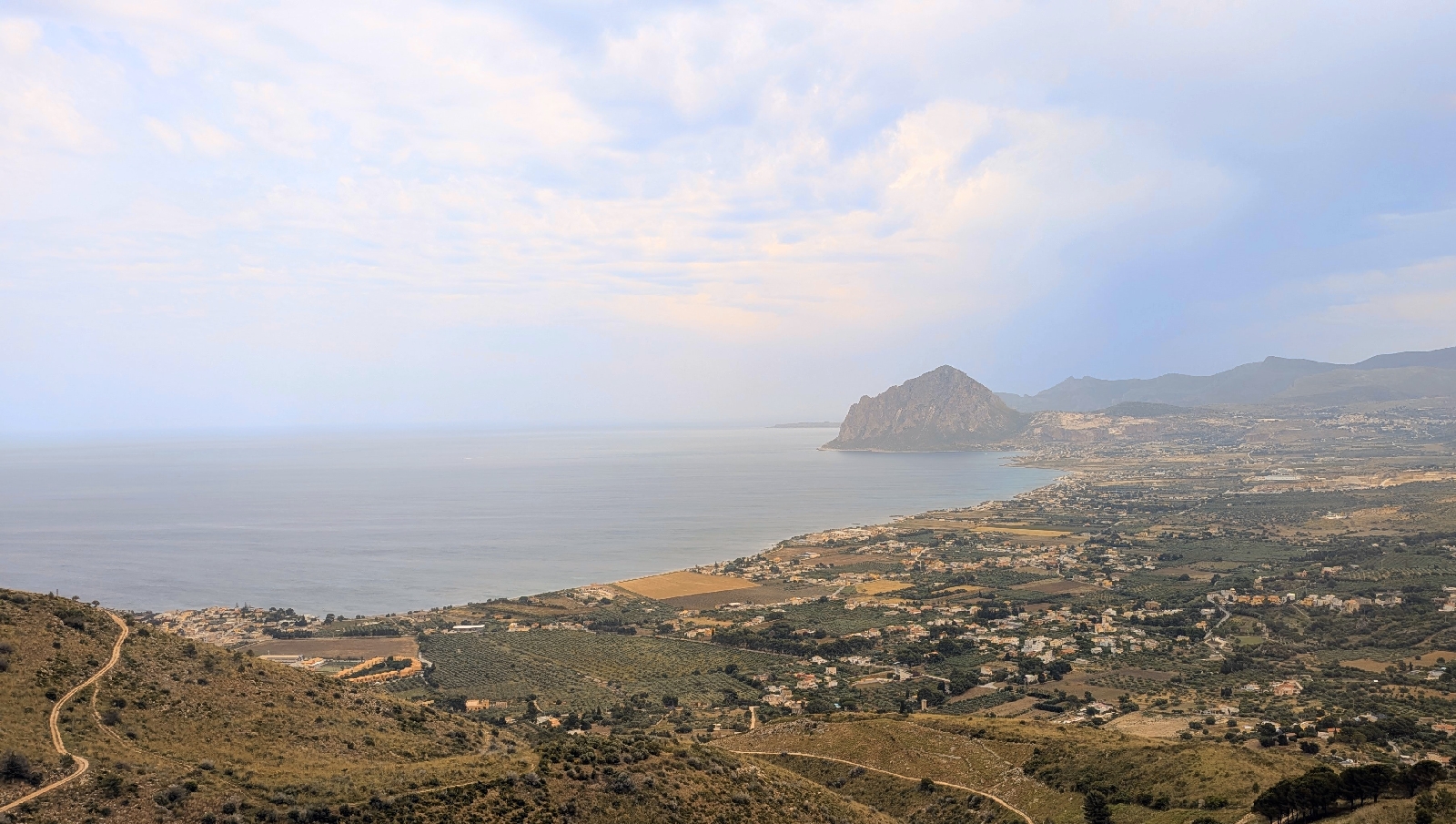Munich a very short History
Munich Wednesday Sept 27
This morning was a walking tour of Munich with a local guide. While I already talked about the devastation, we learned that 90% of Munich was destroyed in 1944 and 1945. The Allies only tried to keep a set of rounded towers for guidance and bombed everything else. I will show a picture of those later. When it came time to rebuild, the directive was to rebuild using the style of the buildings that were destroyed. You will notice from pictures, they also decided that new builds would not be more than 5-6 stories high.
Munich and Bavaria as a whole is the Catholic part of Germany. They are very conservative fiscally but very accepting socially, and people feel free to live as they want to. While they are very accepting socially, a scary thing to me is that all Germans have to register what their religion is. It is of course scary to me because during the tour we just got done talking about the Nazis trying to eradicate the Jews. In fact, we stood right where Kristallnacht or the Night of Broken Glass happened.
(On the night of November 9–10, 1938, the Nazi regime coordinated a wave of antisemitic violence in Nazi Germany. This nationwide riot became known as Kristallnacht or the "Night of Broken Glass." The name "Kristallnacht" is a reference to the shattered glass from store windows that littered the streets during and after the riot. Kristallnacht is also sometimes referred to as the November pogrom. View This Term in the Glossary
The violence was supposed to look like an unplanned outburst of popular anger against Jews. In reality, Kristallnacht was state-sponsored vandalism and arson. Nazi leaders actively coordinated it with Adolf Hitler's support. On the night of November 9, Nazi leaders ordered members of the Nazi Party’s paramilitaries (the SS, the SA, and the Hitler Youth) to attack Jewish communities.)
The afternoon and evening was free for us to do what we wanted. I wandered through the city, walked through their large park (like Central Park in New York), and then in the evening went back to Octoberfest with a few other people from the tour. It was a much more toned down celebration (ie, no dancing on tables), but we had a great time!
The church in the center left with the red roof and the twin towers with the green rounded tops, was the landmark that the allied bombers used to bomb Munich. The church was hit, but the towers survived for that reason.
Kristallnacht or the "Night of Broken Glass, unassuming memorial inside of the old town hall building. The first coordinated attacks on the Jewish people in Munich, took place at this spot.
This was the rebuilt old town hall.
This site is known as Feldherrnhalle, the Hall of Field Marshals - commissioned in 1841 to honor the Bavarian Army. Standing there, we realized it was the same spot used by the Nazis. See the below picture-it gave me the chills.
Grave markers on the side of the St Peters church in Munich.
Germans like their relics this creepy skeleton in St Peters is supposedl the patron saint of single women- Saint Munditia. Sewn into a transparent body stocking covered with gold and jewels, with glass eyes staring upward, her remains have been here since their transfer from the Roman catacombs in 1675.
The top and bottom picture is the rebuilt Residenz palace. This Munich Residence served as the seat of government and residence of the Bavarian dukes, electors and kings from 1508 to 1918. Ps. I forgot to take pictures inside. Even though it was beautiful, I was not as interested in it, maybe because it was rebuilt after the war. Or maybe I was just tired. :)
We were told that these were the 7 beers allowed at Octoberfest
Munich had a beautiful city park!
Right by our hotel was a thriving open air market called the Viktualienmarkt, it was full of beer, wine, cheese, meat, etc. I am unsure how you can cook these pig heads. And if you bought them, how do you get them home?
I find statue’s interesting, the next several pictures are statues in Munich. This one was at the Residenz palace
This one was on a fountain in the main square - Marienplatz.
This was in the market that I talked about earlier. You could fill your water up here.
The “first” prime minister in Bavaria. He looks like the US founding fathers because it was about the same time in history.
A weird fish on the side of a building
Free water and a statue in the middle of a beer garden.
I won’t bore you with more Octoberfest pictures, but we went back in the evening to enjoy a “quiet “ dinner and people watch.






















Not boring at all..!!
ReplyDelete